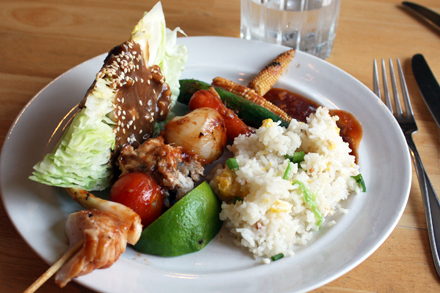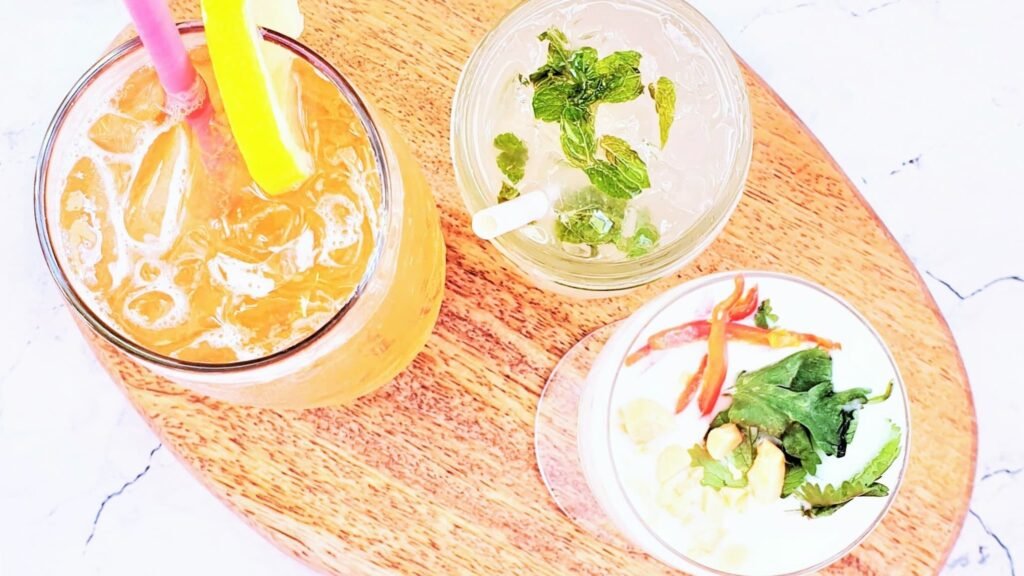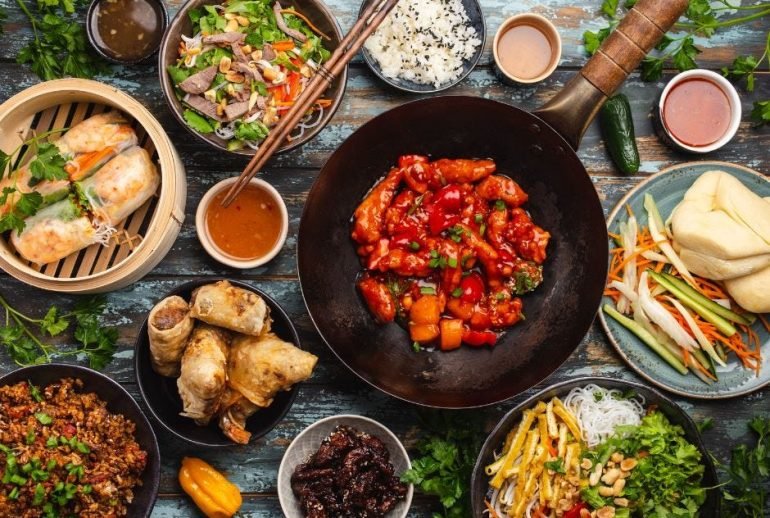Western Asia is not only rich in history and culture but also a treasure trove of culinary diversity. Stretching from the Mediterranean to the Persian Gulf, the region includes countries like Turkey, Iran, Lebanon, Armenia, Syria, Iraq, and parts of the Arabian Peninsula. This area has given the world some of its most flavorful and cherished dishes. From street food to royal feasts, the cuisine of Western Asia reflects the region’s deep-rooted traditions, diverse ethnic groups, and centuries of trade and exchange. Let’s take a closer look at the culinary delights that make Western Asian food truly unforgettable.
1. Mezze: The Art of Sharing
One of the most beloved aspects of Western Asian dining is the concept of mezze—a collection of small dishes served as appetizers or a full meal. Popular throughout the Levant (Lebanon, Syria, Jordan, and Palestine), mezze includes an assortment of dips, salads, and finger foods. Dishes like hummus, baba ghanoush, tabbouleh, labneh, and falafel are staples on any mezze table. Served with warm pita bread, this spread is not only a feast for the taste buds but also a social ritual that brings people together.
2. Kebabs and Grilled Meats
Grilled meats are a defining feature of Western Asian cuisine. From shish kebab in Turkey to kofta in Iran and shawarma in the Arabian Peninsula, each country puts its unique spin on skewered or spit-roasted meats. Often marinated in spices like cumin, coriander, paprika, and garlic, the meat is grilled to perfection over open flames. These dishes are typically served with rice, fresh salads, and sauces like tahini or yogurt-based garlic dip.
3. Rice Dishes with Regional Flair

Rice is a staple across Western Asia, and each culture has its signature dish. In Iran, chelow kebab is a national favorite, featuring saffron rice with butter and juicy kebabs. Iranian cuisine also boasts zereshk polo (barberry rice) and sabzi polo (herb rice). In Iraq and the Gulf, kabsa or machboos—spiced rice cooked with meat, vegetables, and raisins—are common in both homes and celebrations. These dishes are often richly flavored with spices like cinnamon, cloves, and cardamom.
4. Bread: The Heart of the Meal
In many Western Asian households, no meal is complete without bread. From the lavash of Armenia and pide of Turkey to sangak in Iran and khubz in the Arab world, bread comes in many forms. These flatbreads are typically baked in traditional clay ovens and served hot, often used to scoop up food or wrap meats and vegetables. Bread is more than food—it’s a symbol of hospitality and abundance.
5. Sweets and Desserts
Western Asian desserts are a delightful blend of sweetness, spice, and texture. Baklava, made with layers of filo pastry, nuts, and syrup, is perhaps the most famous. Iranian faloodeh (a semi-frozen noodle dessert with rose water), knafeh (a cheese and semolina dessert soaked in syrup), and maamoul (stuffed date cookies) offer a variety of options for those with a sweet tooth. Many desserts are flavored with rosewater, orange blossom, pistachios, and cardamom, making each bite an aromatic experience.
6. Refreshing Beverages

To accompany the rich food, the region also offers unique beverages. Ayran, a salty yogurt drink, is popular in Turkey and surrounding areas. Mint tea is common in the Levant, while rosewater sherbet and saffron drinks are often served in Iran. These drinks are designed not only to quench thirst but also to cool the body in hot climates.
Conclusion: A Culinary Crossroads
Western Asian cuisine reflects a dynamic blend of tradition, innovation, and hospitality. Influenced by ancient empires, religious customs, and regional resources, the food of this region is both comforting and complex. Whether you’re enjoying a home-cooked Persian stew, a Lebanese mezze platter, or Turkish street food, the culinary delights of Western Asia promise an experience full of flavor, warmth, and history.







